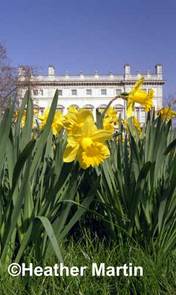
After months of grey and rain, the sprouting daffs represent spring, sunshine and the, hopefully, more warm summer months.
I was fortunate some years ago to live in Pimlico, and often walked through St James’s Park, Green Park and Hyde Park. These rather manicured parks do have spring flowers strategically planted which bloom in the spring.
At the time, I was discovering the delights of FujiFilm Velvia 50 film, which gives images a punchy, slightly saturated, colour. This film often works well with flowers, for obvious reasons. I sometimes don’t use a polarizer filter with Velvia 50 as the image can be too saturated - although, for some photos it can really make the images punchy.
On one of my ventures out with my camera on a sunny, sumptuously colourful spring afternoon in Green Park, I came across a sea of yellow in front of me and which lead up to some Royal residences in St James’s.
The formal white Georgian architecture beautifully contrasted against the yellow and green of the daffodils growing beside the buildings in the Park. It would have been obvious to make the Royal residences the prominent feature of the image with daffodils in the foreground. However, that wasn’t the image that was calling to me.
Why not give the daffodils prominence? The buildings stood all year round, although having different characters at different times of the year and under different lighting. However, the daffodils were once a year for a fleeting few weeks. It wasn’t easy trying to line up the angles of the daffodils and the lines of the symmetrical buildings.
I am sure under different lighting, the daffodils would give another story, but on a beautifully sunny day in early-afternoon, life was spouting.
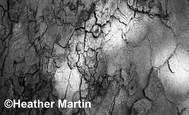
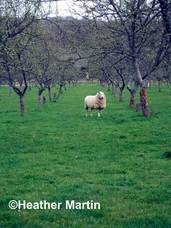
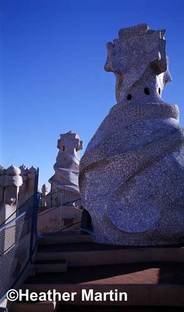
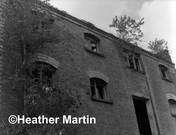
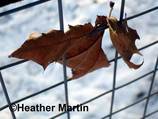
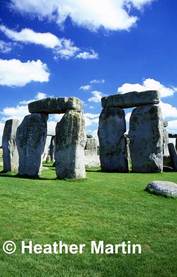
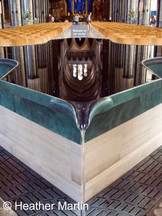
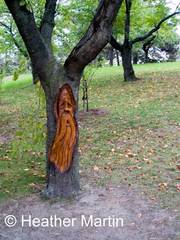
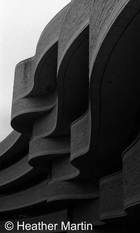
 RSS Feed
RSS Feed
